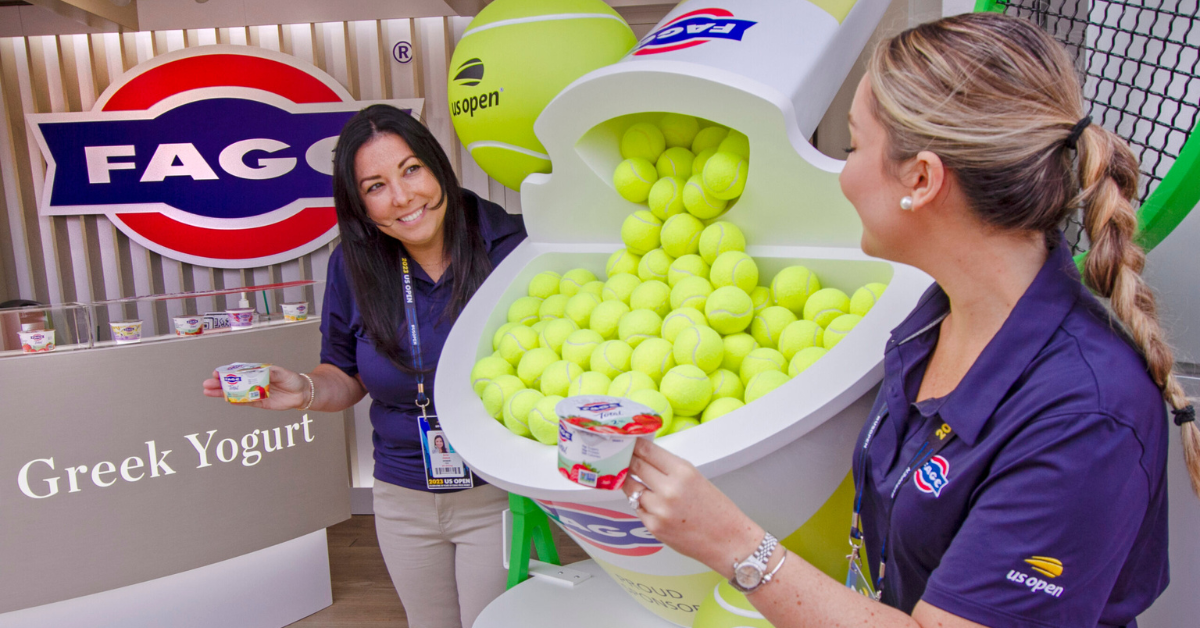In the crowded, noisy world of modern marketing, it’s harder than ever to stand out. Consumers are bombarded with ads, emails, social posts, and pop-ups every day. How do you make your brand not just seen, but felt? Enter experiential marketing, the ultimate tool to create memorable, emotional connections with your audience. But executing a successful experiential campaign requires more than just a flashy event. It needs rock-solid planning and creative finesse. Let’s dive into some techniques to elevate your experiential marketing strategy and leave your audience talking (and posting) about your brand long after the event ends.
Know Your Audience (Like, Really Know Them)
Before you plan a single activity, think about who you’re creating the experience for. Is your audience made up of Gen Z trendsetters, busy corporate professionals, or eco-conscious millennials? Understanding your audience’s demographics, behaviors, and motivations is crucial for designing an experience they’ll actually care about. Use data and insights to dig deep—what kind of content do they consume? What brands do they already love? Armed with this info, you can tailor your experiential campaign to match their vibe and interests.
Be Bold, Be Different, Be Memorable
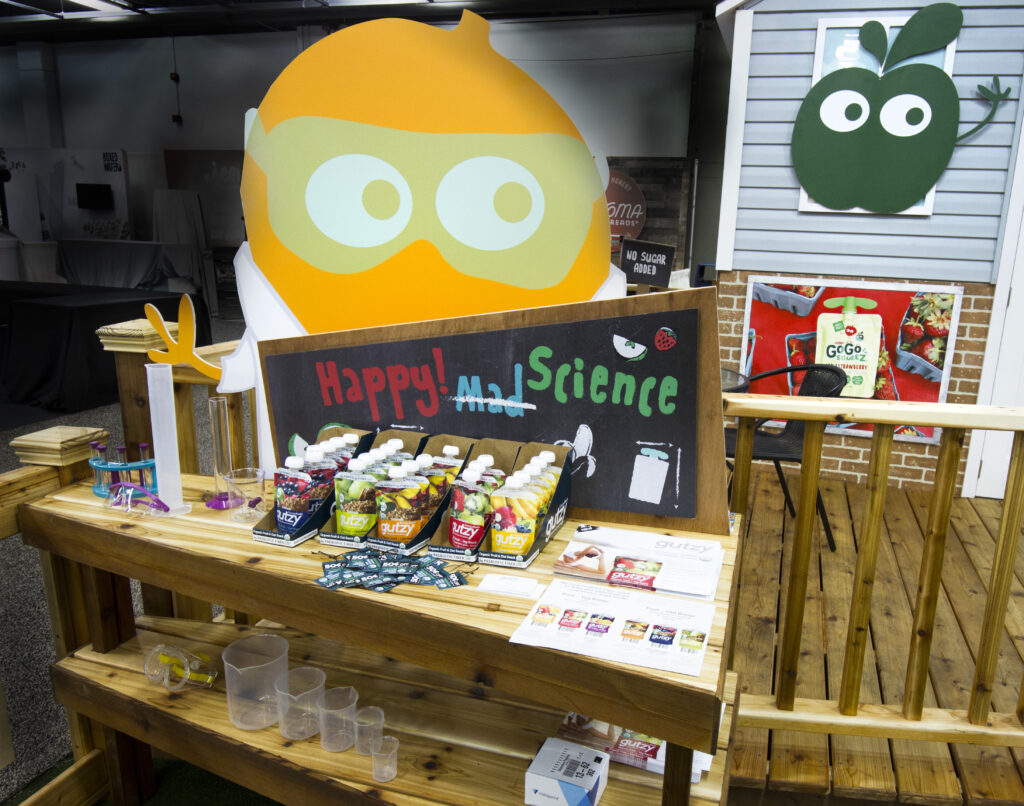
Forget playing it safe. Experiential marketing is about making an impact. Whether it’s a pop-up installation in a high-traffic area, an interactive virtual reality tour, or a guerilla marketing stunt, your experience should be bold enough to catch people’s attention and unique enough to stick in their minds. Don’t be afraid to push the envelope. Remember: in a sea of sameness, the dazzlingly unique fish get noticed.
Activate All the Senses
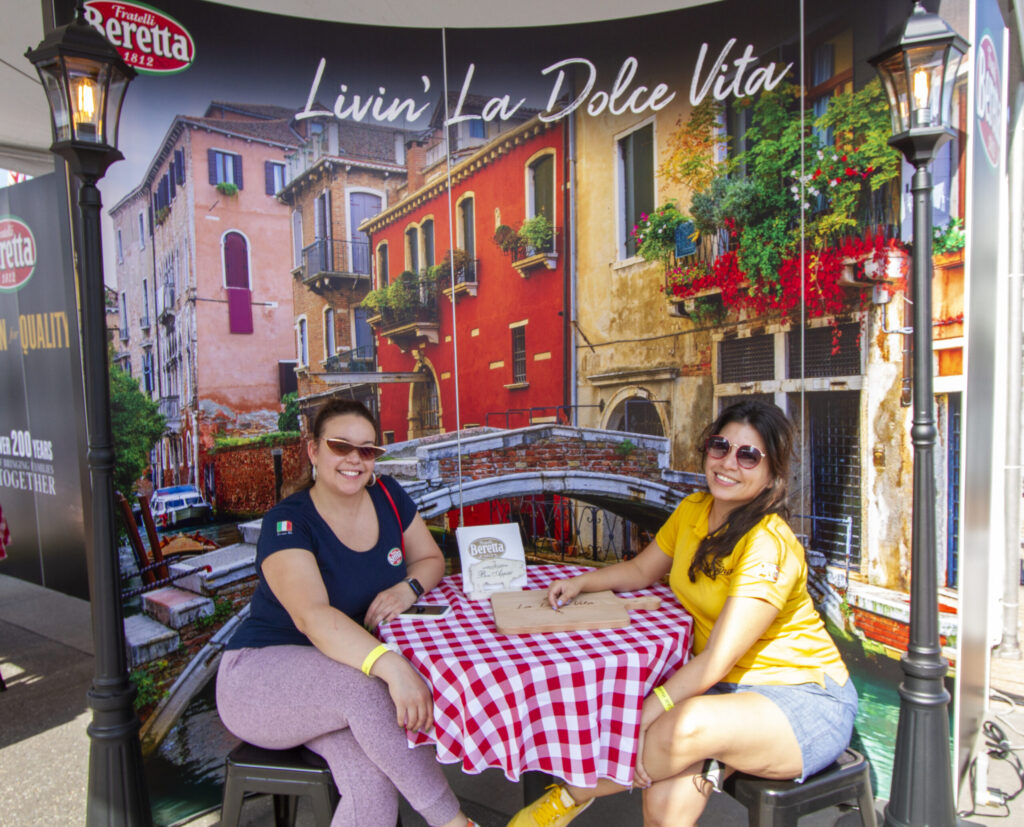
One of the key reasons experiential marketing is so powerful is its ability to engage the senses. If traditional ads are one-dimensional, think of experiential marketing as a 360-degree sensory immersion. You’re not just telling people about your product—you’re letting them hear, smell, taste, touch, and see it in action. Hosting a food brand activation? Let your audience savor flavors. Unveiling a fashion line? Bring in textures, fabrics, and music that reflect the brand’s aesthetic. The more senses you engage, the deeper the emotional connection.
Leverage Technology for Interactive Fun
Technology is your best friend when it comes to creating interactive experiences. Think AR (Augmented Reality), VR (Virtual Reality), interactive screens, and mobile apps. Imagine a furniture brand allowing customers to use AR to “see” how a couch fits in their living room before they buy it. Or a skincare brand using a VR experience to walk customers through a factory tour showing the ethical production process. Interactivity builds engagement, and engaged customers are much more likely to develop brand loyalty.
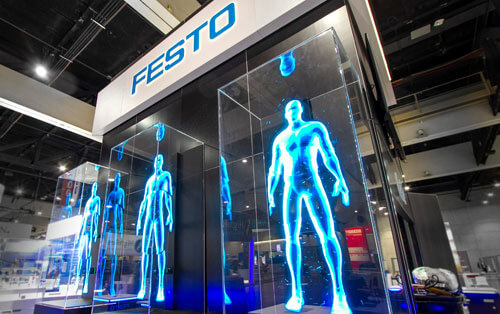
Social Sharing is Non-Negotiable
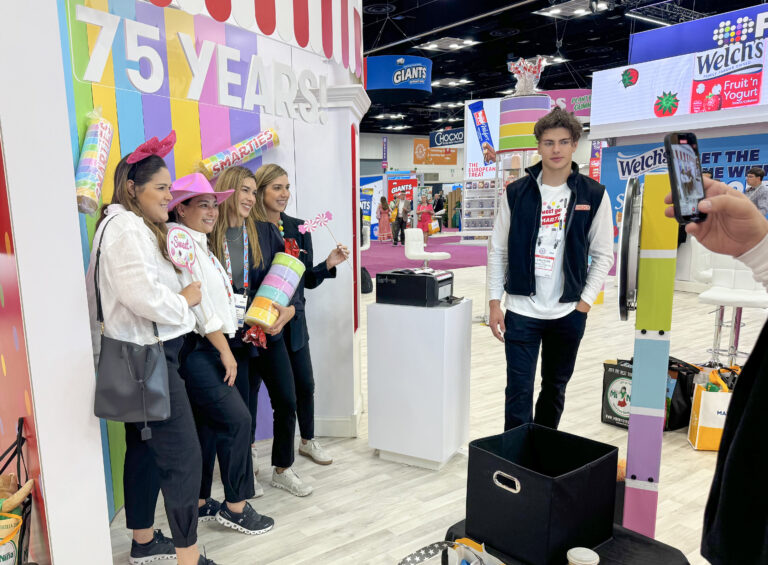
Experiential marketing lives and dies by word of mouth, and in 2025, that means social media. Make it easy for your audience to capture and share their experience. Build “Instagrammable” moments into your event—photo booths, artistic displays, branded hashtags, and even user-generated content challenges. The more shareable your experience is, the more organic buzz your brand will generate online. It’s the ripple effect in action.
Track, Measure, and Learn
You might think experiential marketing is all about the feels, but don’t forget to measure results. You’ll want to track metrics like foot traffic, social media engagement, brand mentions, and even direct conversions from the event. Post-event surveys can help capture qualitative feedback about the customer experience. The key here is continuous improvement. Use data from each campaign to refine your next one, ensuring each new activation builds on the success of the last
Collaborate with Influencers
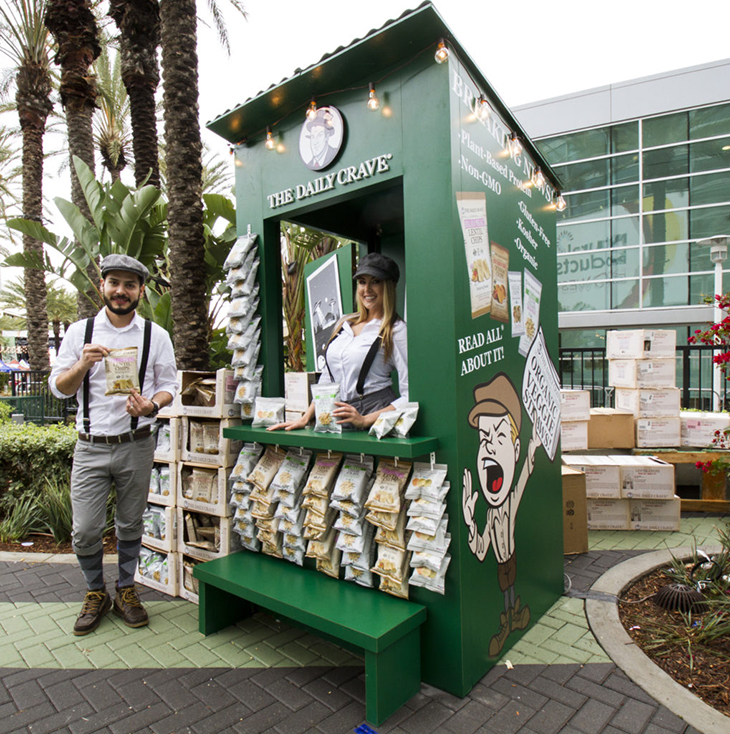
Working with influencers can amplify your experiential campaign’s reach. Partner with influencers who align with your brand’s ethos to attend or promote the experience. Influencers bring credibility and authenticity, while their loyal followers are more likely to trust and engage with the experience. Think of influencers as a bridge that connects your brand to new audiences you might not have reached otherwise.
Prepare for the Unpredictable
In the world of experiential marketing, things don’t always go as planned. Maybe a storm hits during your outdoor activation, or the Wi-Fi glitches on your virtual reality headsets. Whatever it is, having a backup plan is key to keeping the experience smooth. Prepare for worst-case scenarios and have contingency plans in place. Flexibility is your superpower in pulling off a flawless campaign.
Final Thought: Focus on the Experience, Not Just the Sales Pitch
Here’s a tip: don’t turn your event into one big sales pitch. The experience should provide value and entertainment for your audience first, with subtle brand messaging woven throughout. When done right, the immersive experience will naturally lead to increased brand affinity and conversions without feeling forced.
By following these planning techniques, you’ll be well on your way to creating an unforgettable experiential marketing campaign that builds lasting connections and strengthens your brand.
So, ready to start planning? Go ahead—be bold, be creative, and let your brand be experienced!

